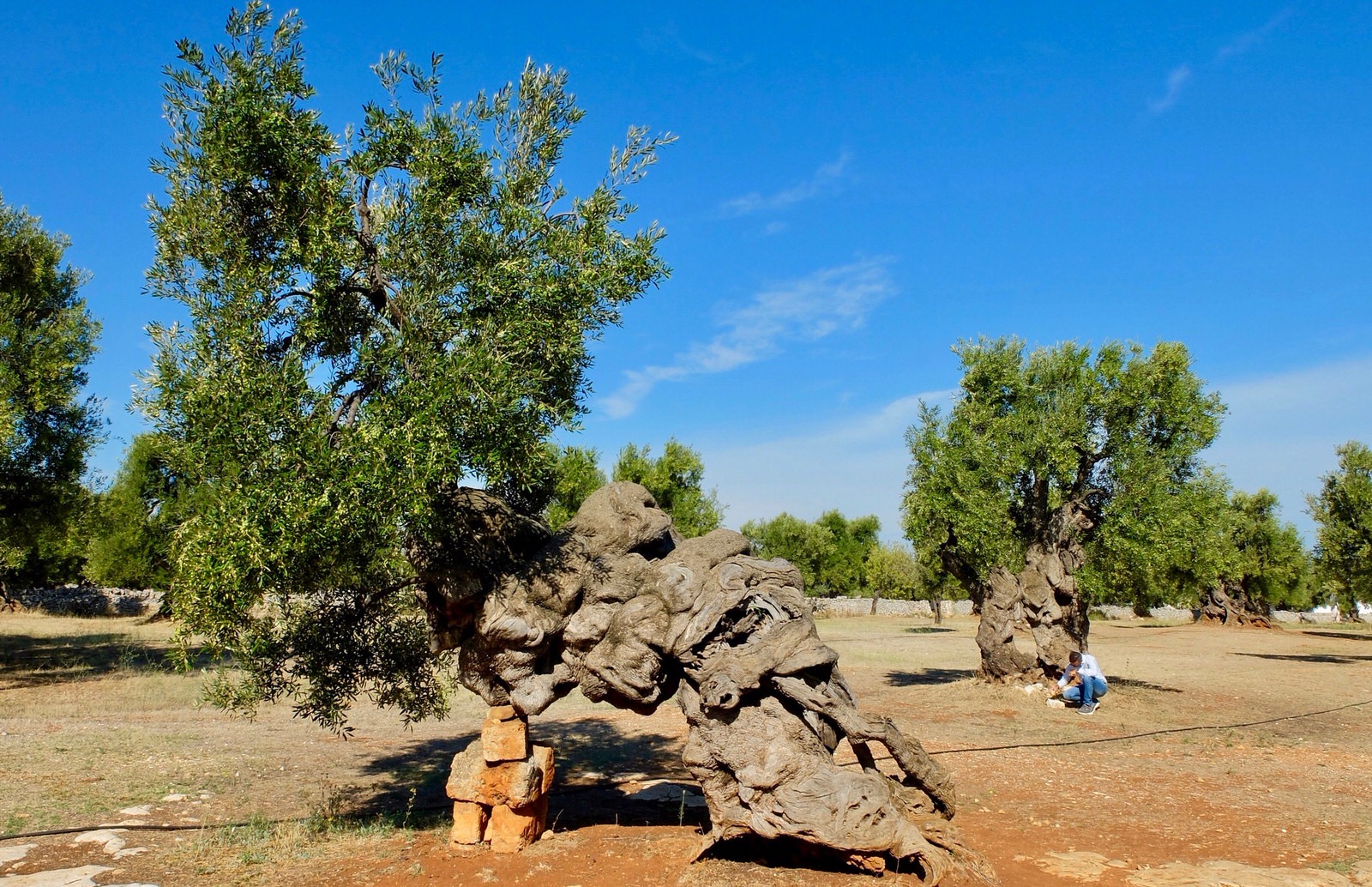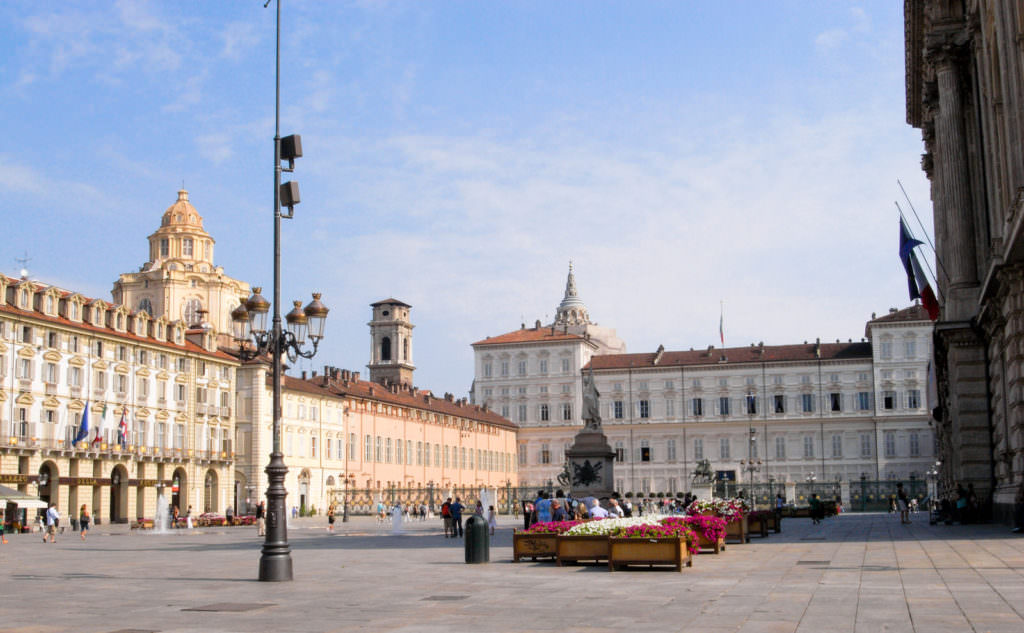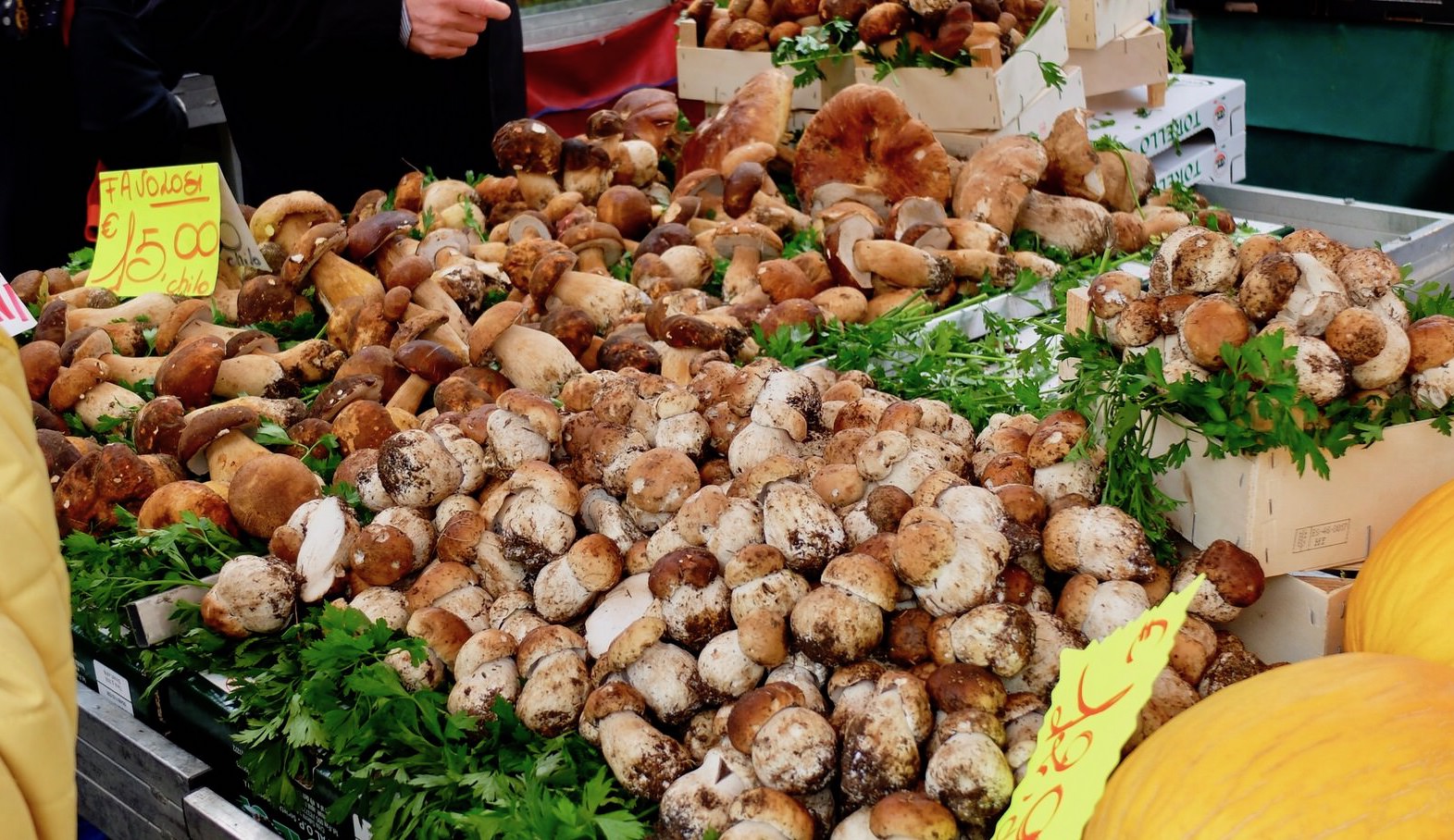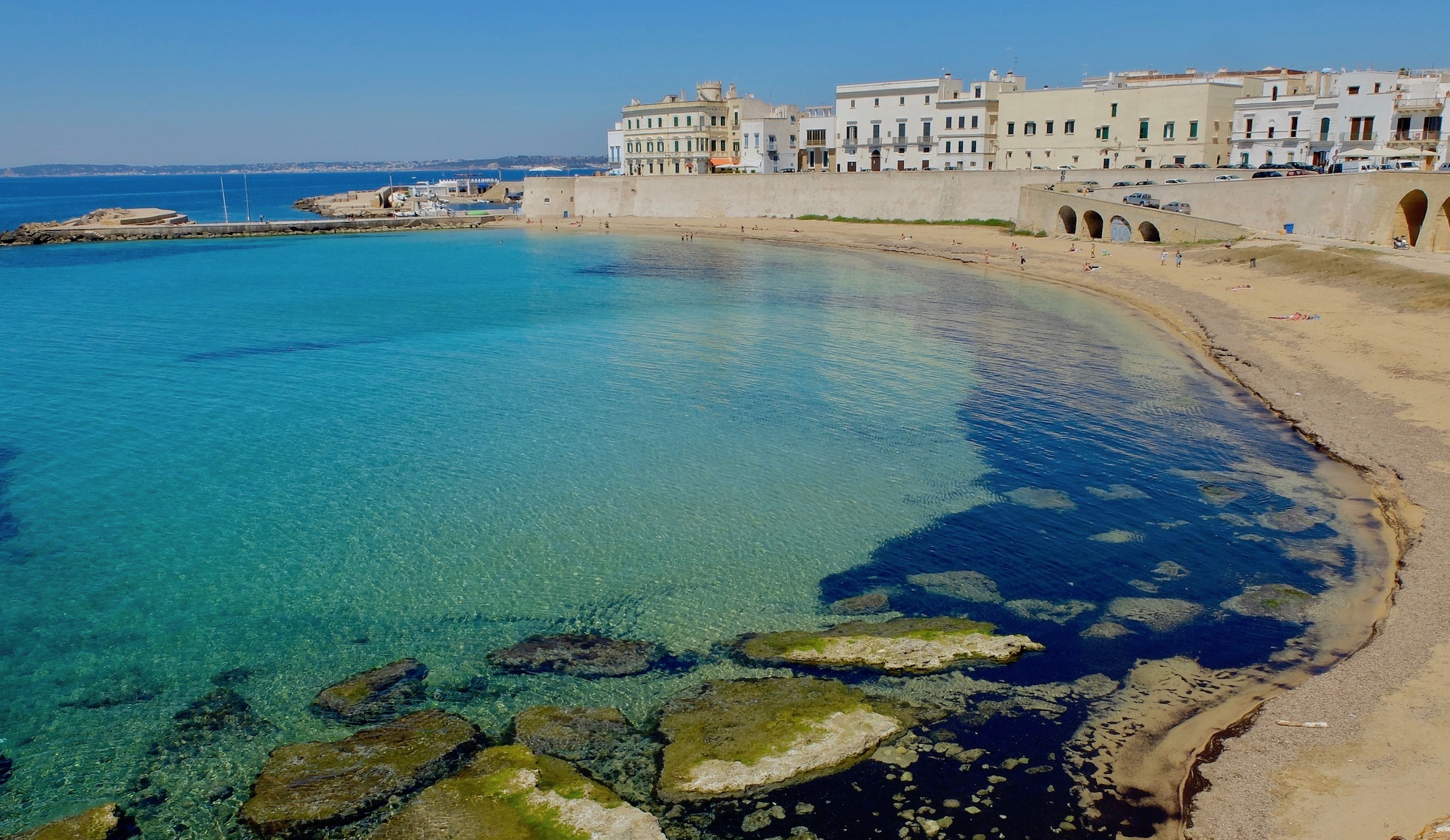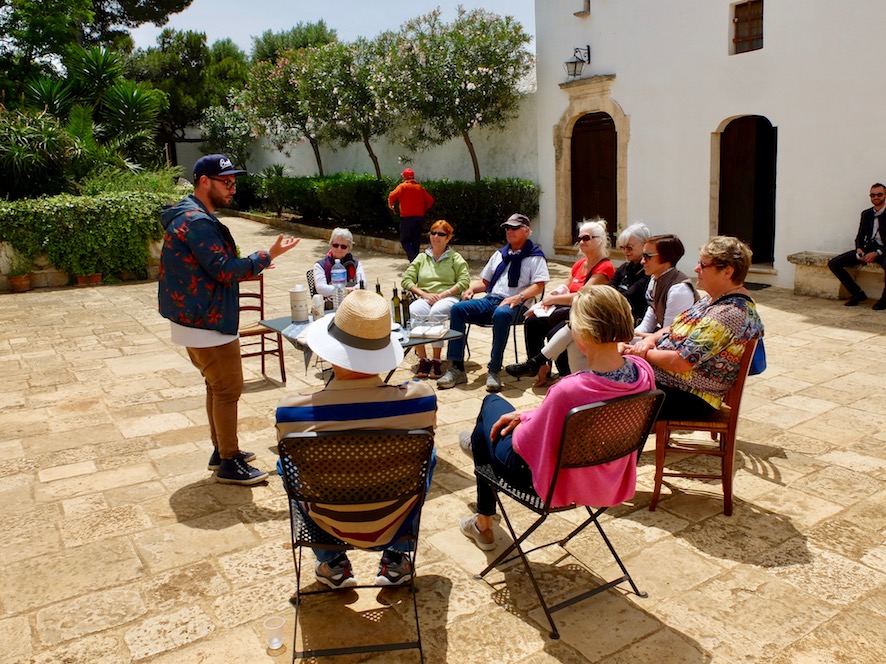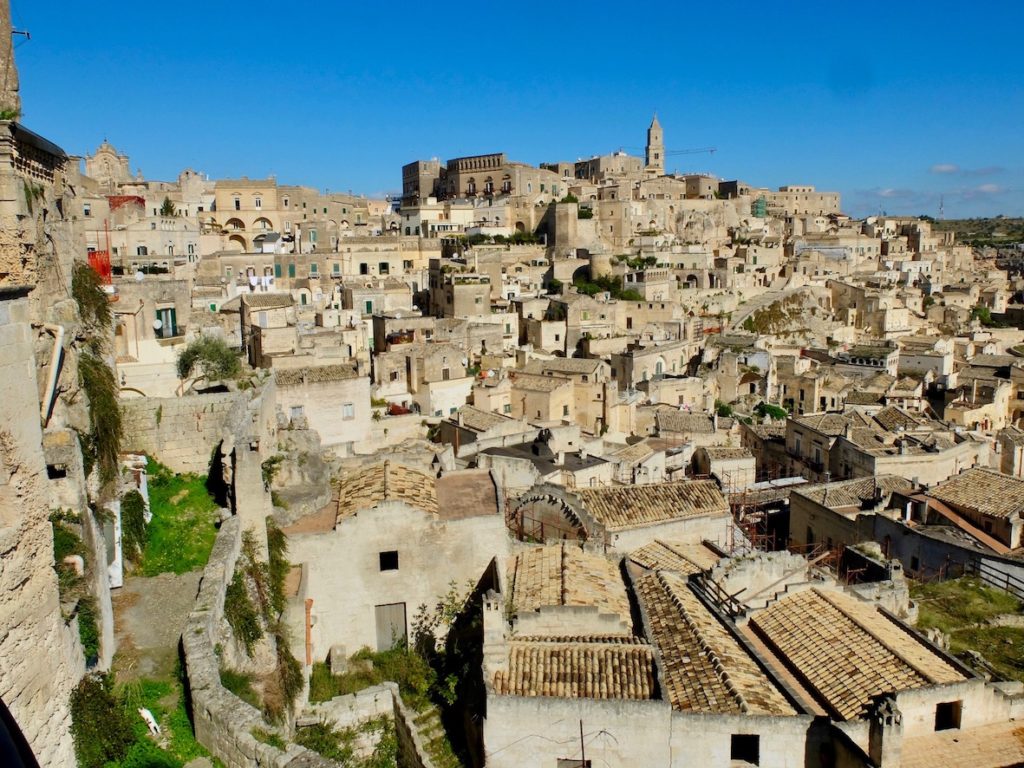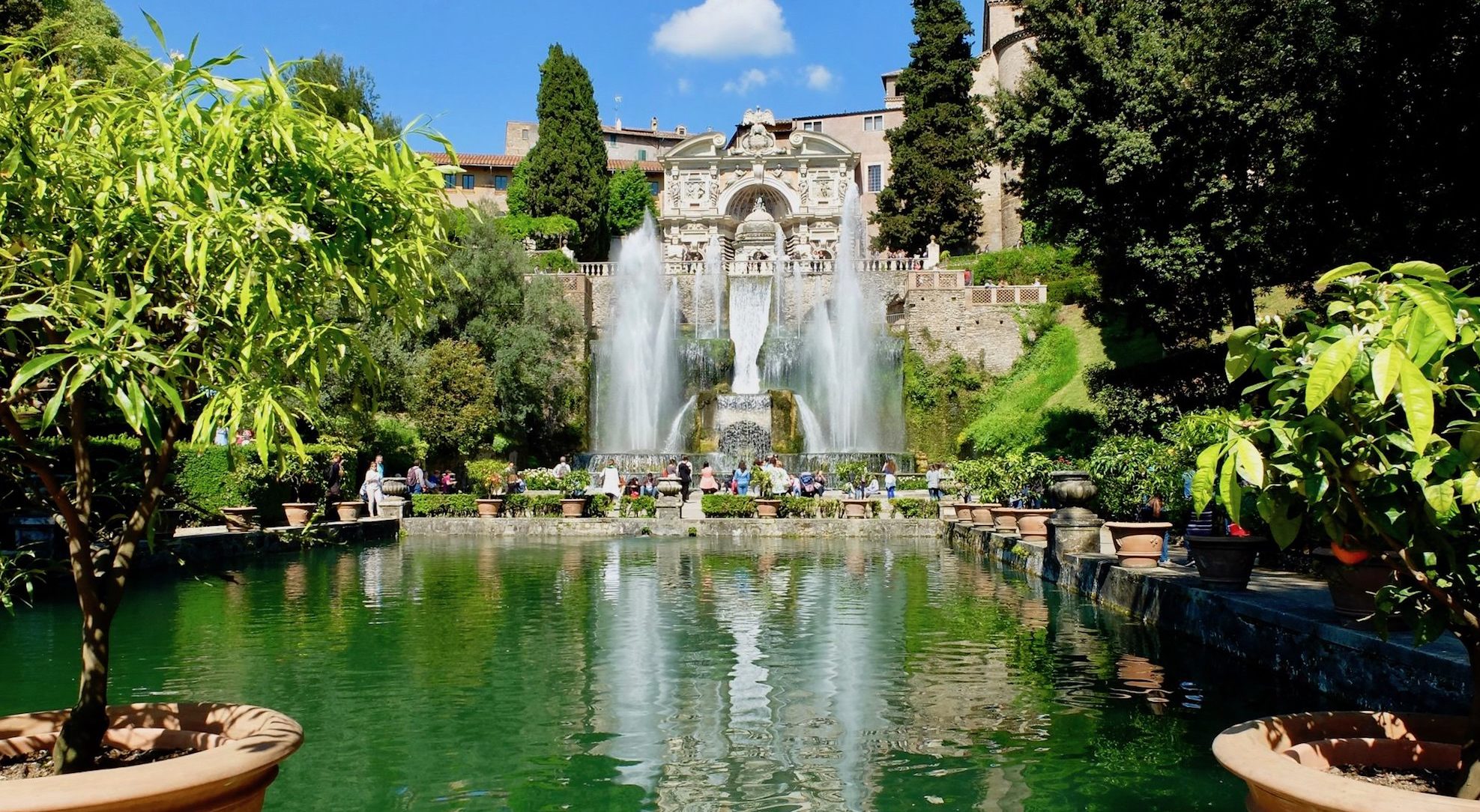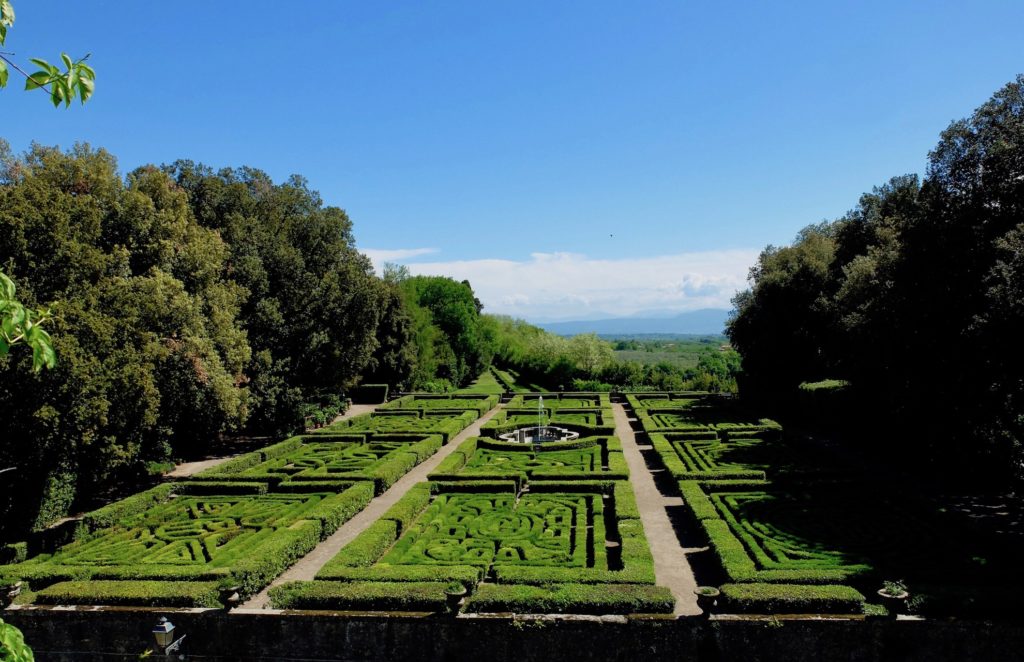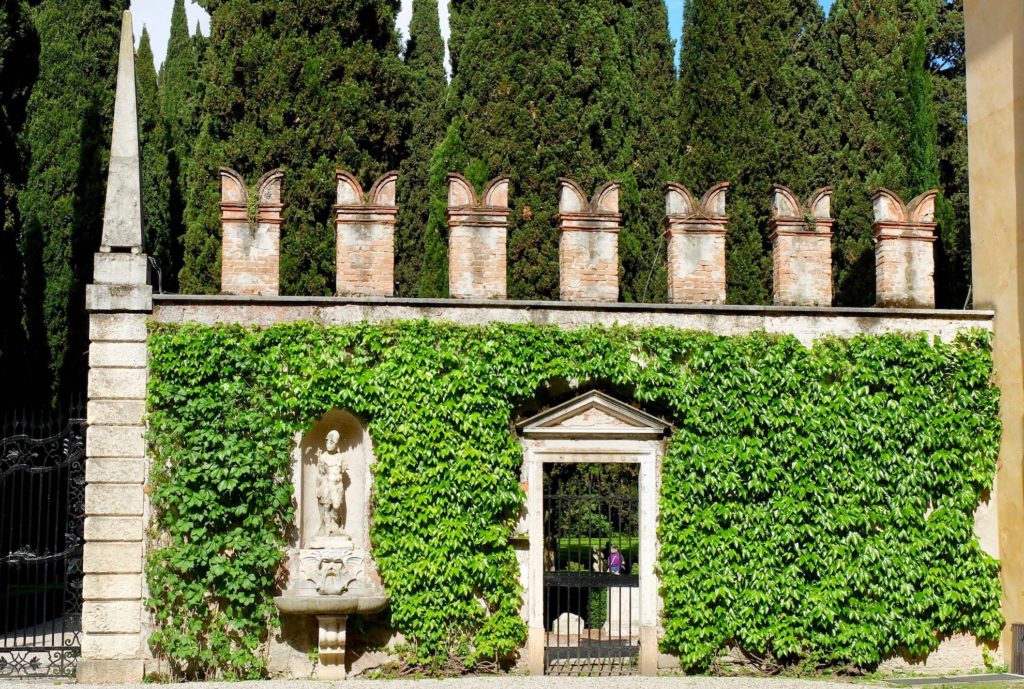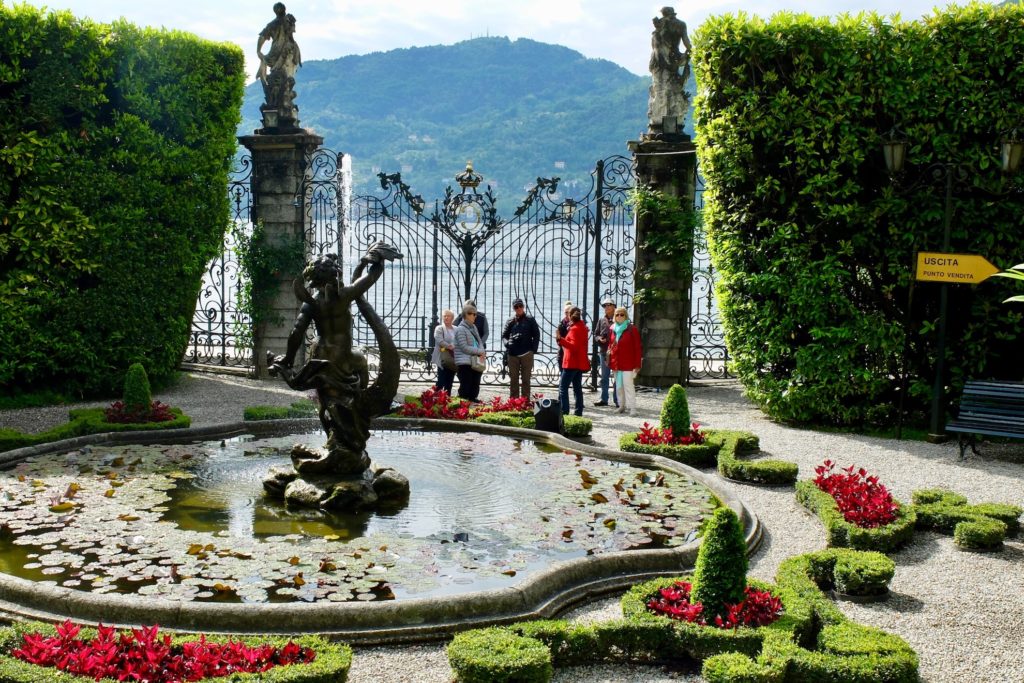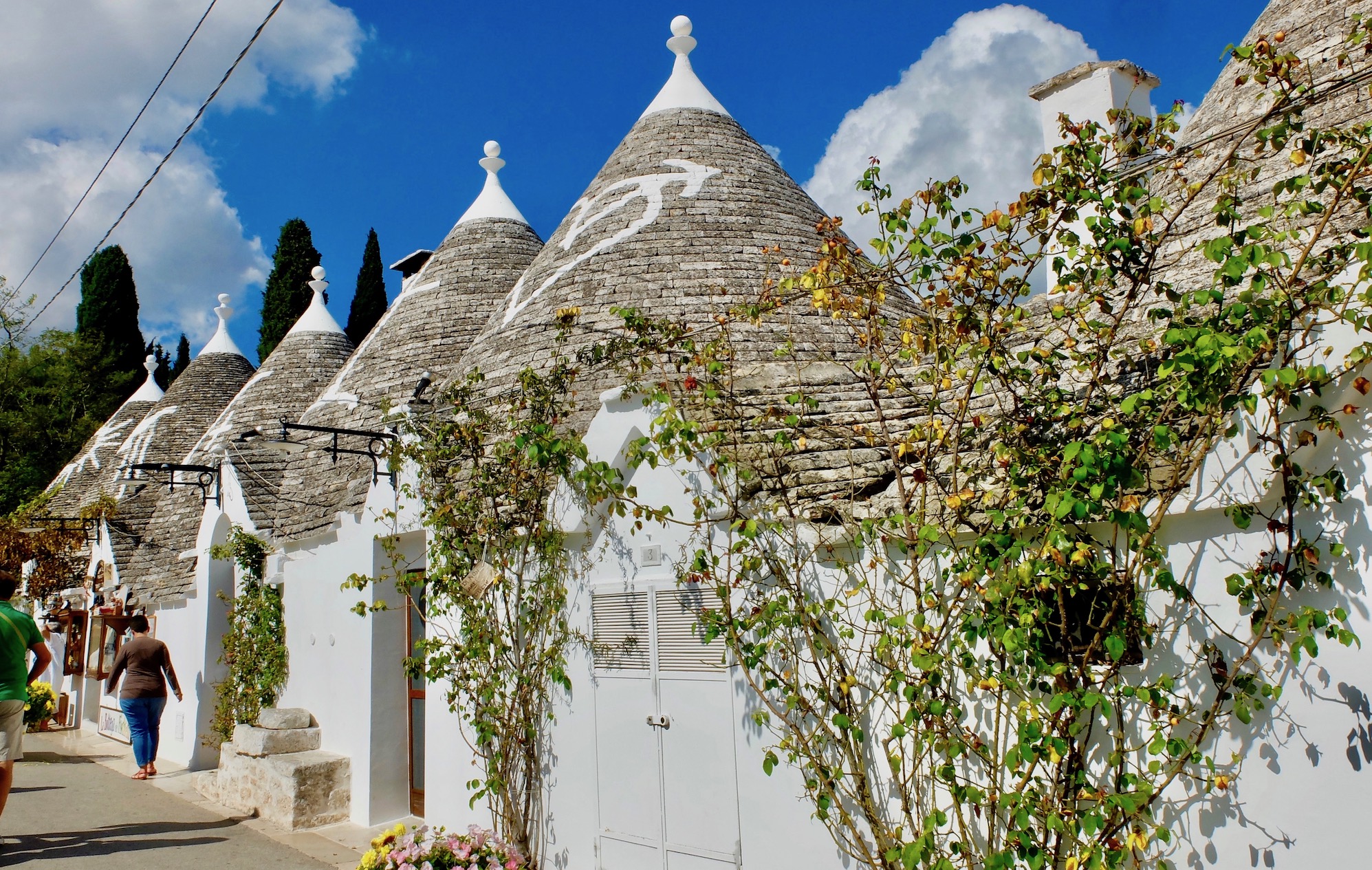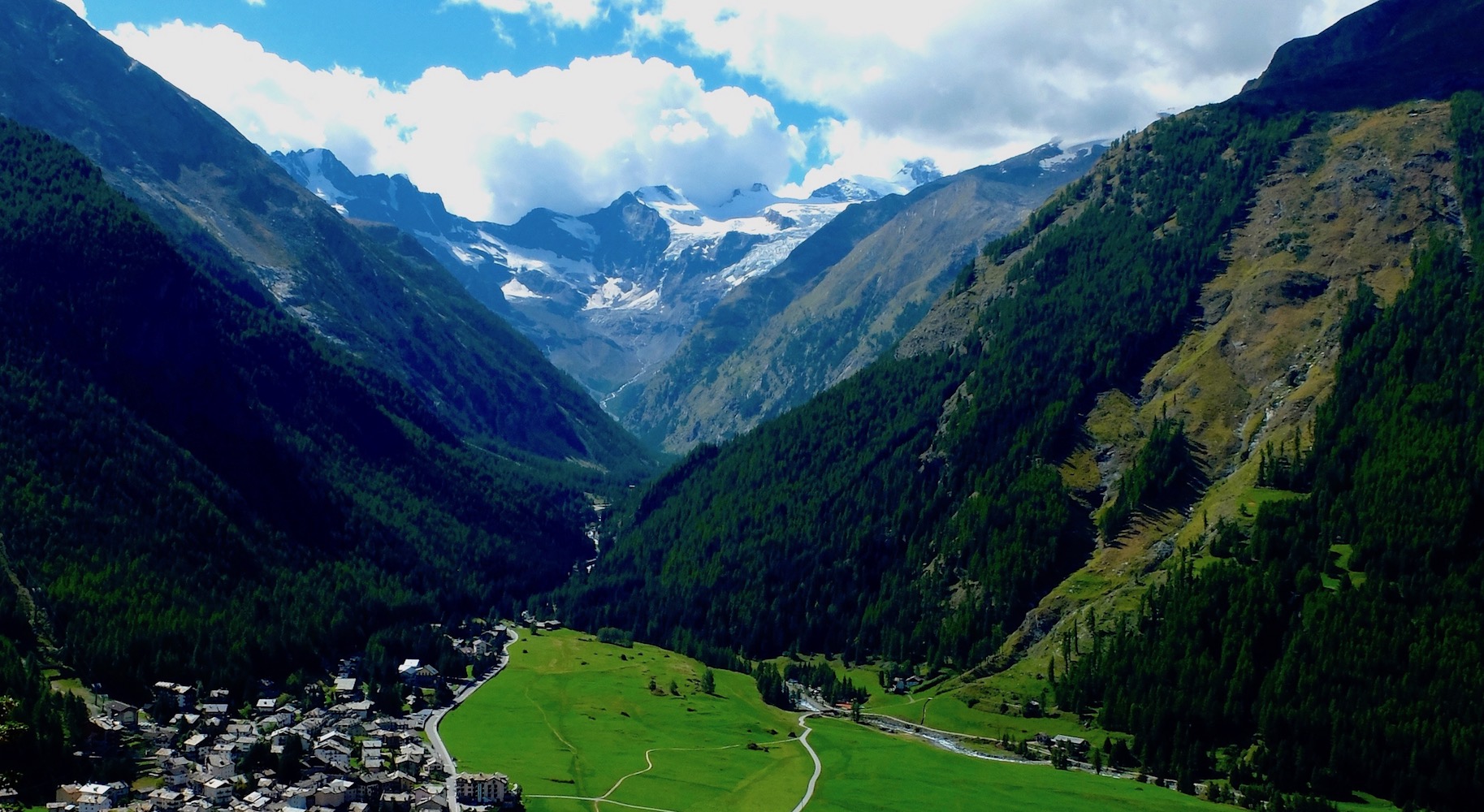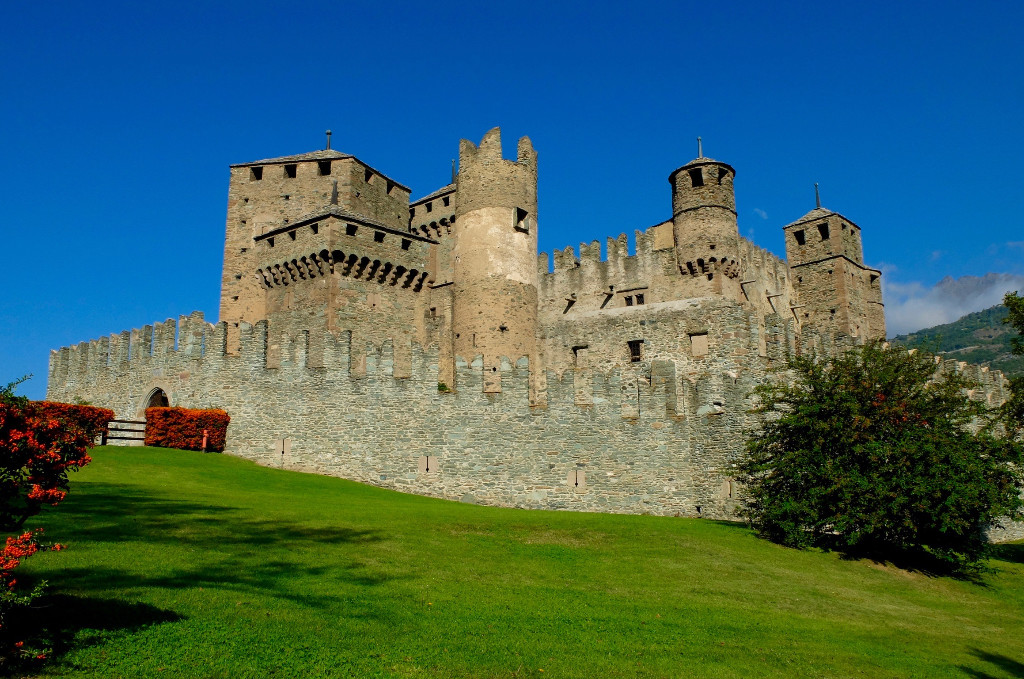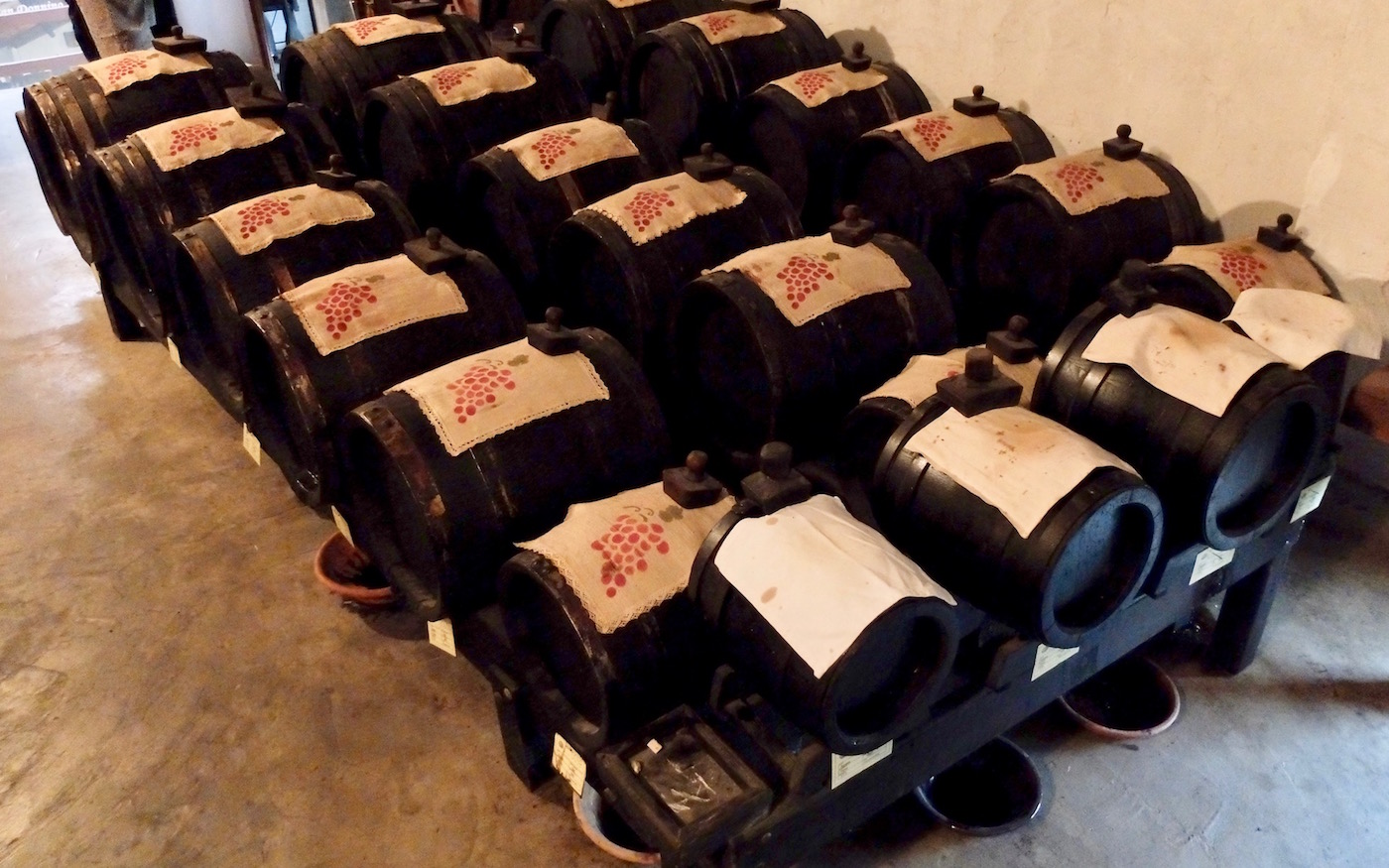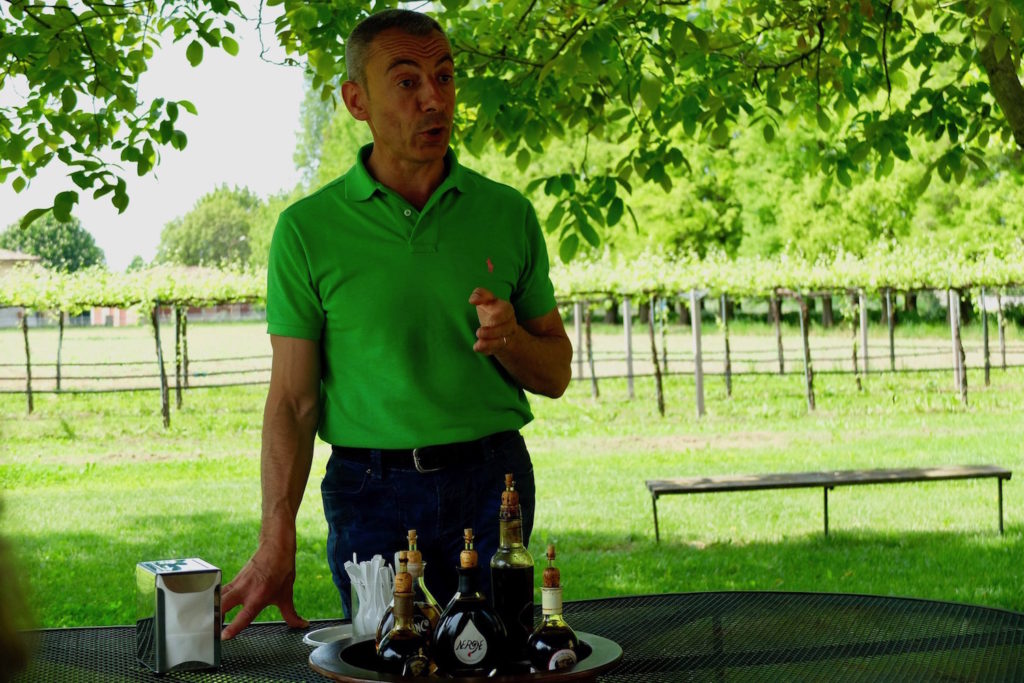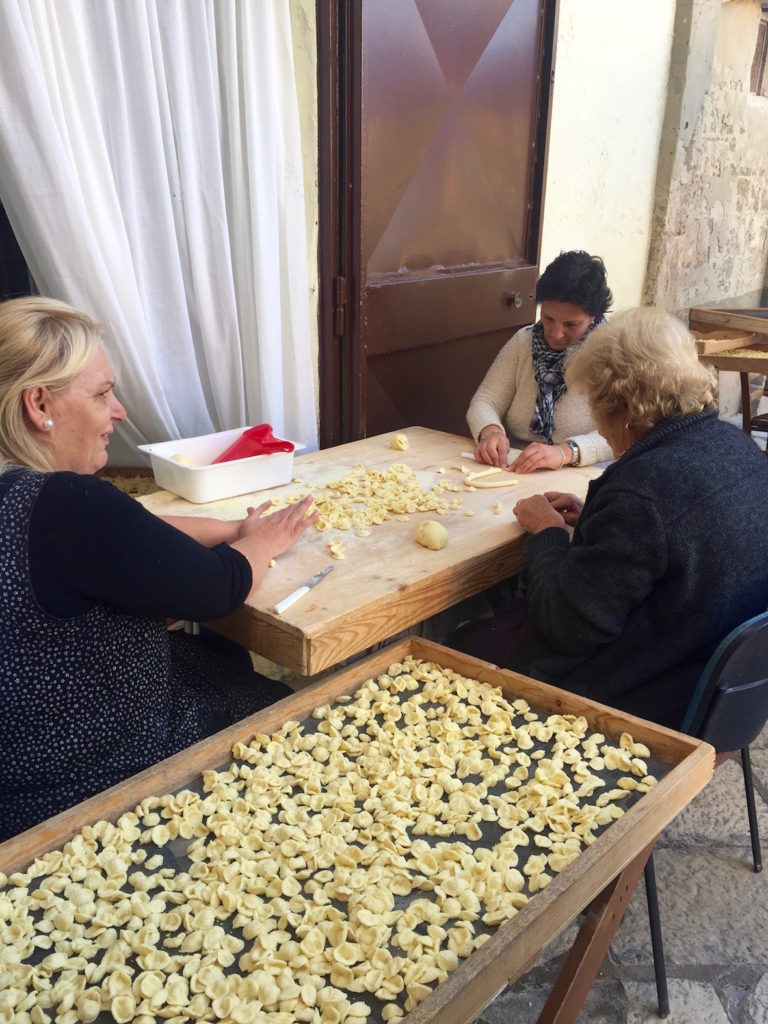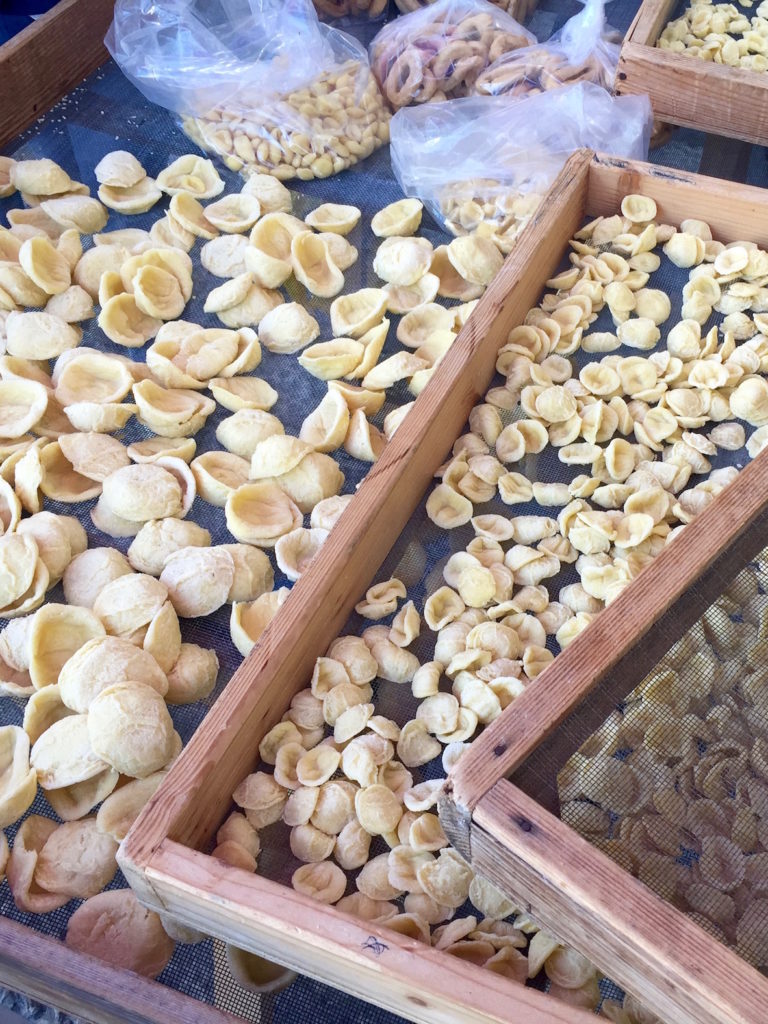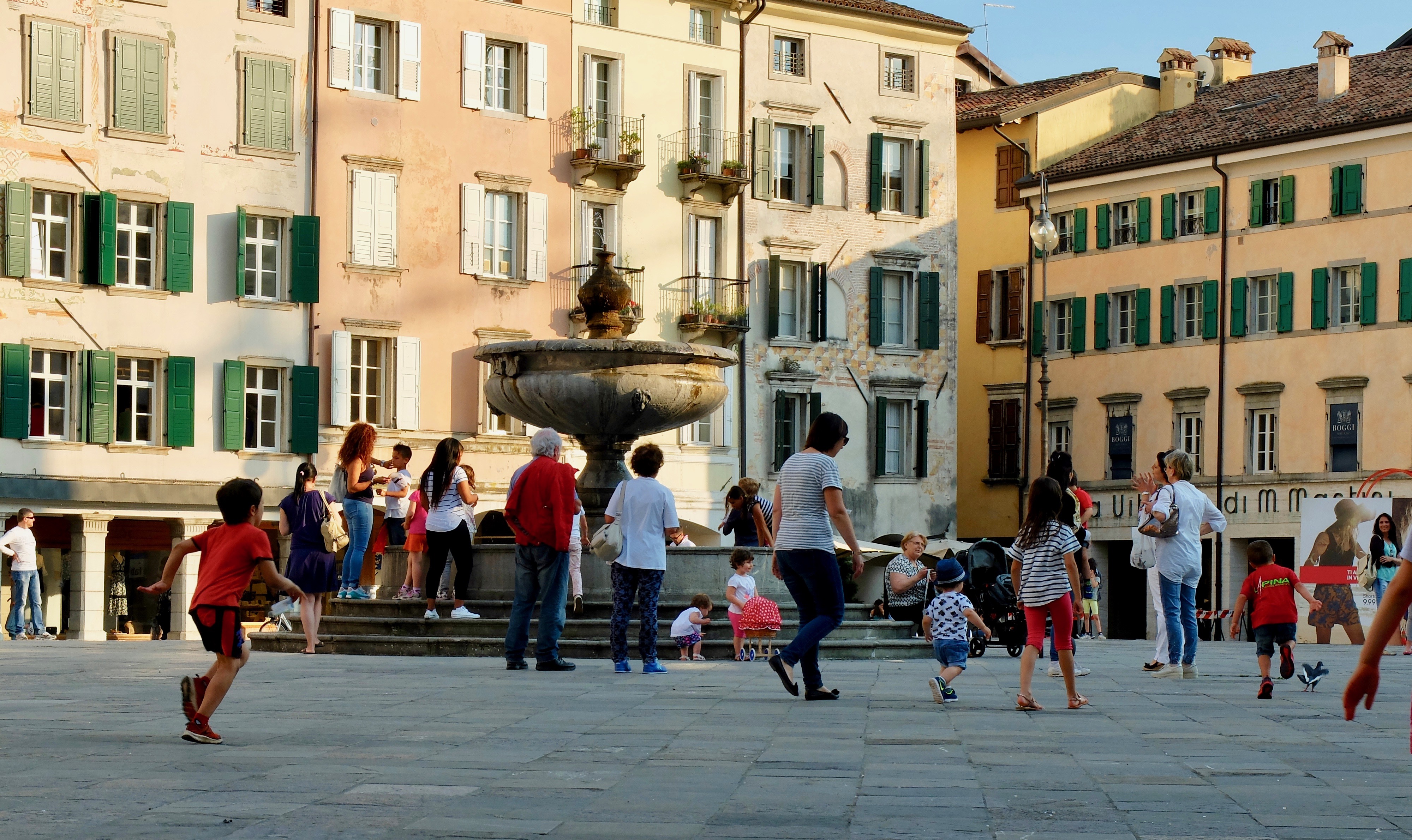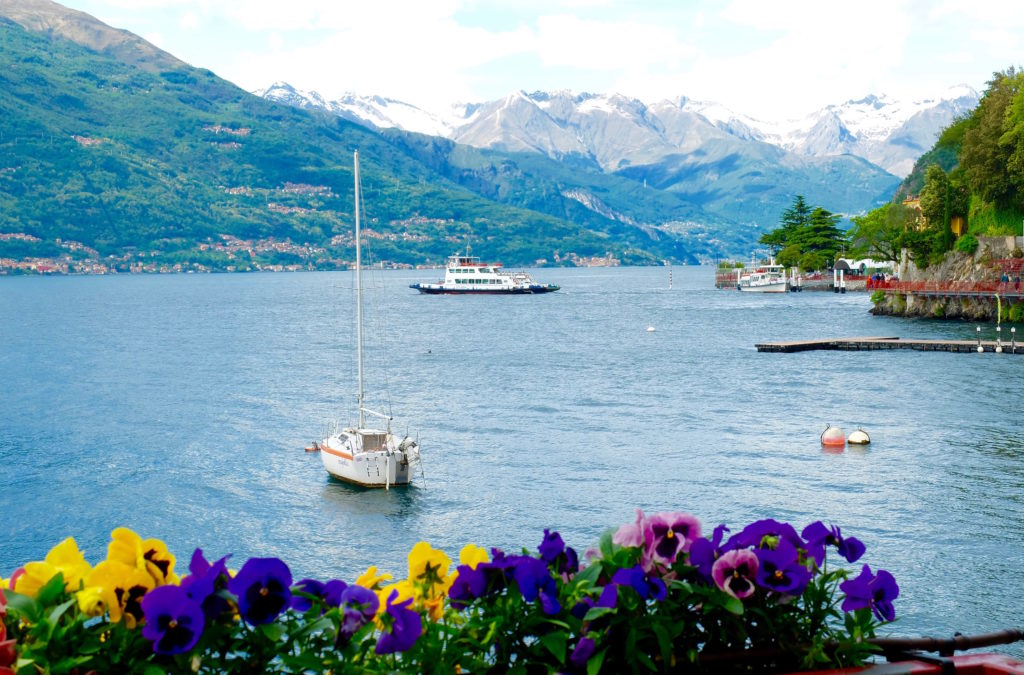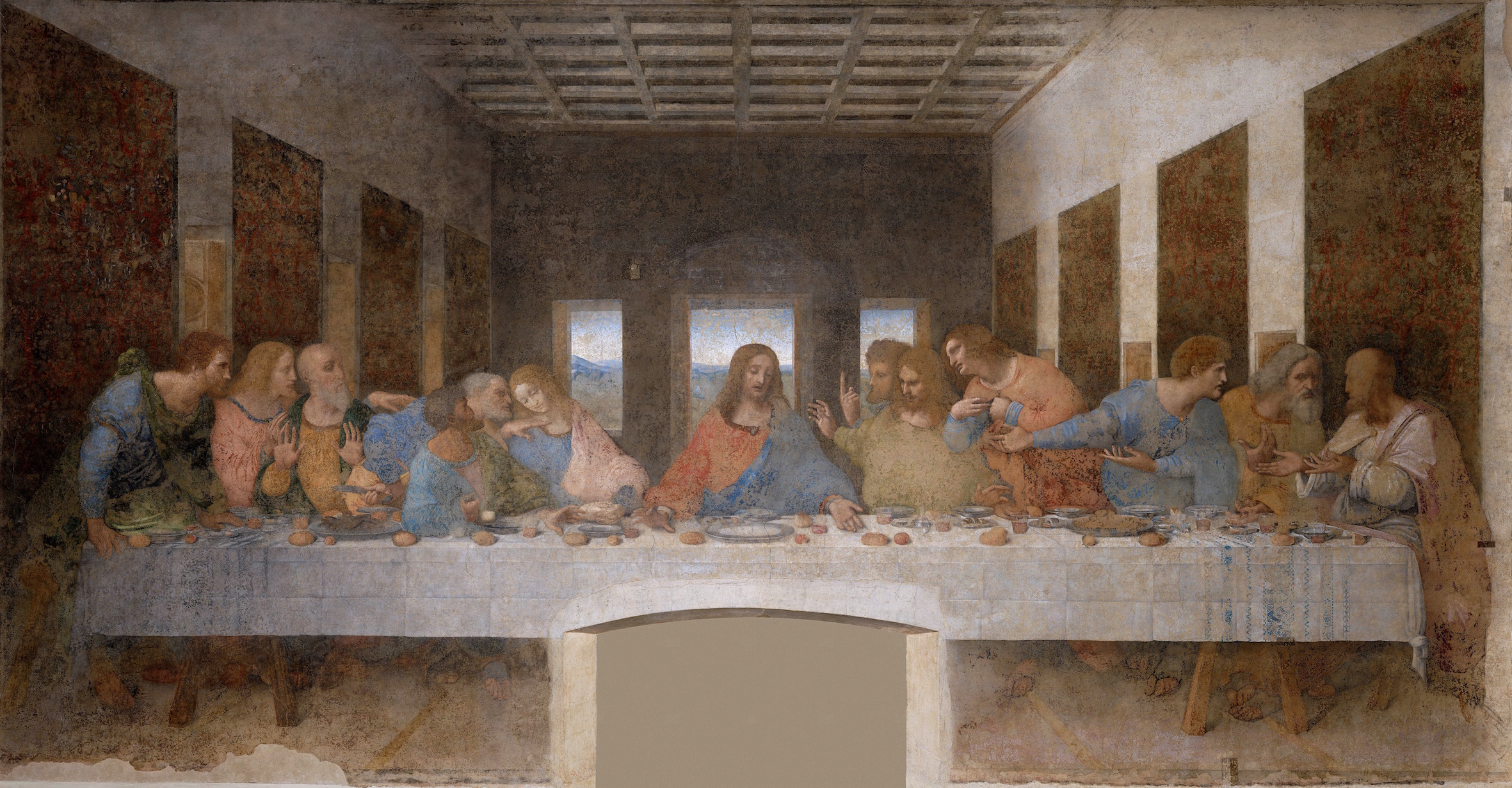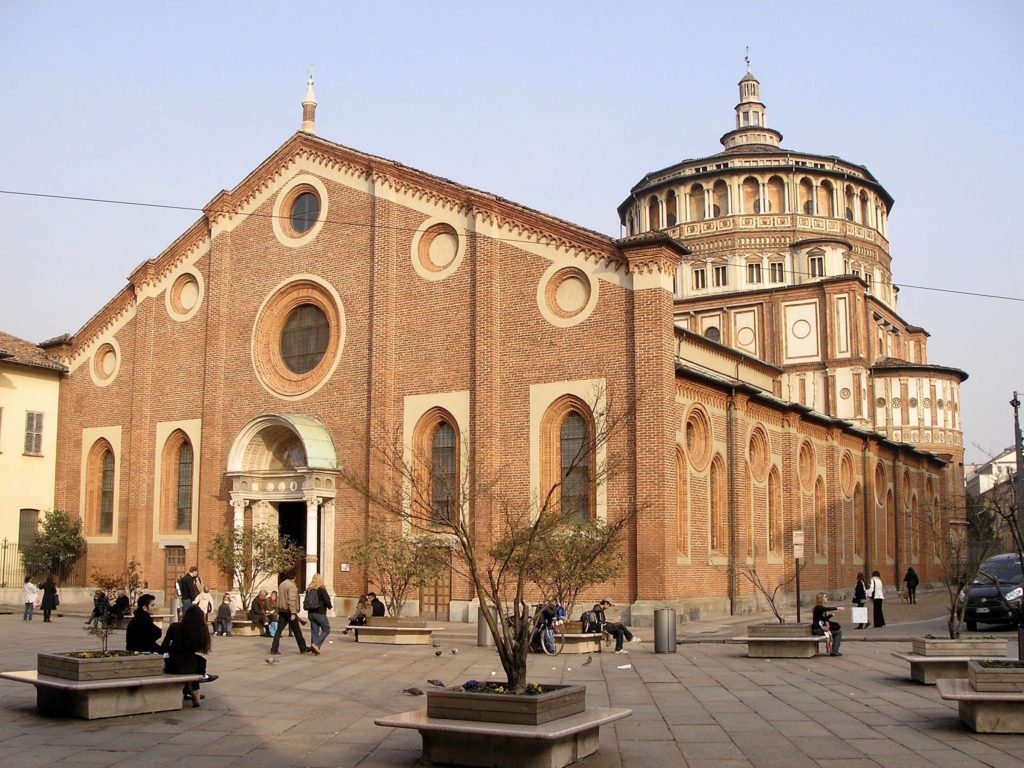07 Oct TEN YEARS OF ITALIAN MEMORIES
This year Luca and I are celebrating ten years of Italian Tours. Like so many people do, we’re asking ourselves where on earth that time has gone.
We ran our very first tour in September 2007. Luca was teaching Italian language at a Sydney college. He always tells his students that the only way to become truly fluent is to spend time in Italy practising the language with the locals. When a group of his students got together and asked him if he could organise a tour to Italy that combined sightseeing with opportunities to practise the language, the idea for Italian Tours was born. A group of eight people joined us for a two-week tour and the rest, as they say, is history.
Over the past ten years we’ve accumulated a host of travellers’ tales, some hilarious, some very special experiences shared with our guests…. and some just crazy!
Lots of our stories revolve around lost property and yes, the occasional lost guest! Fortunately, we are good retrievers. In Puglia recently we were exploring an olive oil estate with some of the oldest trees in Italy when our bus driver realised he’d dropped his keys somewhere on the estate. While our guests were tasting the very special olive oils in the courtyard, they were blithely unaware that Luca was missing in action as he and the bus driver frantically scoured the area for the keys so we could get to our next destination. The olive oil fairy had obviously been at work: they discovered the keys near the base of the oldest tree on the estate, a close to 3,000 year-old tree that continues to produce olive oil to this day.
On another occasion, we were exploring the beautiful hill town of Montepulciano. We dropped our guests at the top of the steep hill so that they could wander down through the enchanting small streets and meet us at the bottom. Imagine our reaction when one of our guests stopped us en route to say that her husband had disappeared. After an anxious search, we discovered our independently-minded guest – he’d joined another group and was happily sitting in a cantina enjoying their wine tasting!
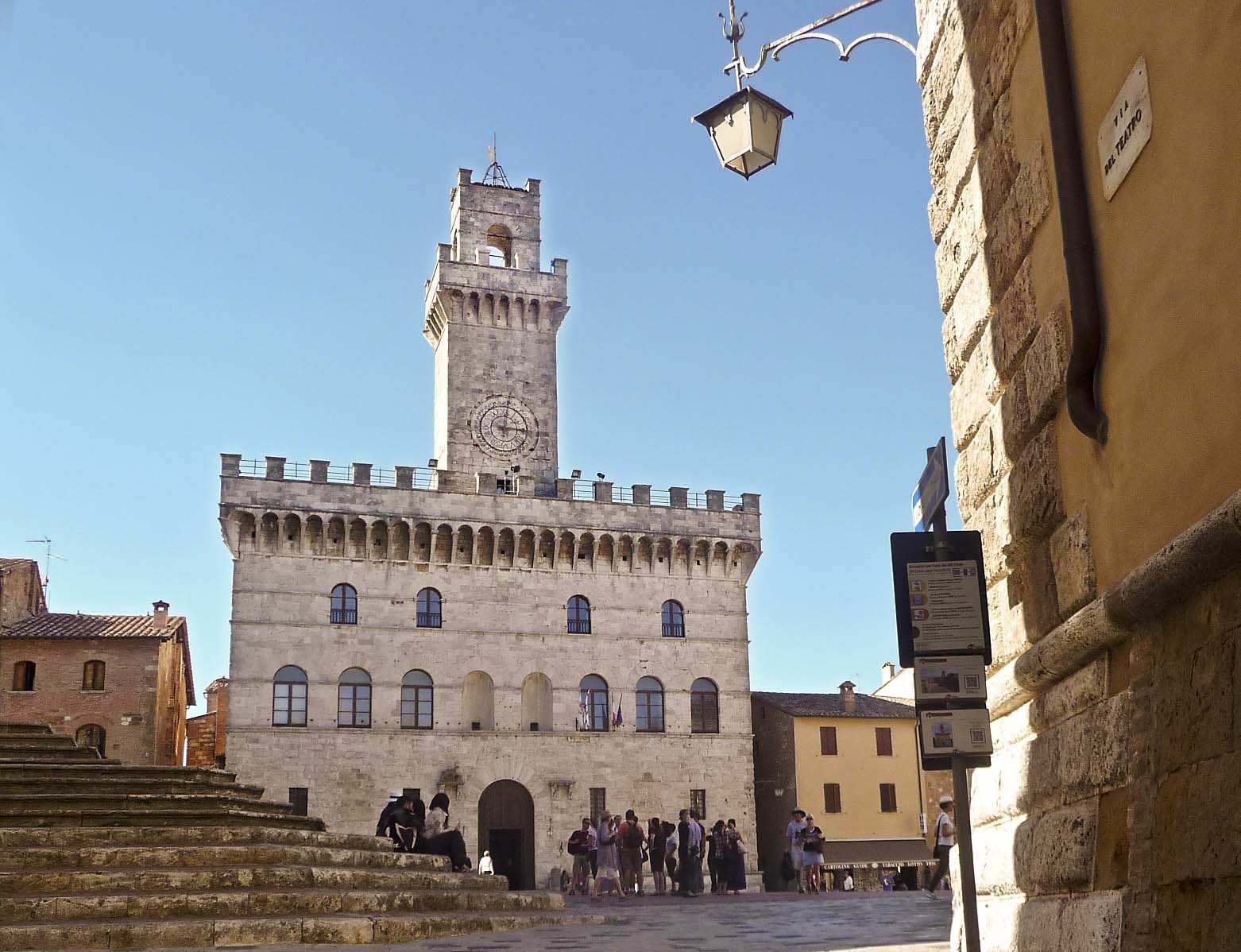
Unsurprisingly many of our fondest memories revolve around food and the generosity of the restaurant owners and staff we’ve met over the years. On one trip we contacted a small restaurant that was normally closed on the day we were passing through. Not only did they readily agree to open up for our group of twelve diners, but they also brought in a local signora who specialised in regional cooking. We were staggered – but delighted – when they presented us with a six-course degustation menu based on the local specialty, the meat and cheese from the Italian water buffalo species: bresaola di bufala, mozzarella di bufala, pappardelle with ragu of bufala, bufala steak and more.
Many of our clients, especially the women but sometimes even the men, have enjoyed some fantastic shopping over the years. As a regular and dedicated Italian shopper, I’ve a number of favourite shops that I loves sharing with our guests: a specialty shoe shop in Milan that makes ballerina flats in every colour under the sun, a scarf stall in the leather market in Florence where the owner not only sells the scarves but teaches new ways to tie them, and a handbag shop in Parma that sells extraordinarily beautiful items. One guest bought six handbags for his daughters, daughters-in-law, secretary and other lucky women friends.
Even we make discoveries while we’re on tour. One day in a little hill town in Tuscany we were exploring a tiny medieval church. The local lady who was the custodian of the church walked us through and then paused in front of a side altar and pulled out a drawer. Resting serenely inside was the remains of a local saint, obviously loved and revered by his flock.
Perhaps our most enduring memory though was an evening we spent in an agriturismo in Arezzo. Our group was having dinner in the agriturismo’s medieval chapel, now used as a dining hall. Inspired by this magical location, one of our guests was moved to recite a lovely piece about St Francis of Assisi, whose basilica we had visited that day. It was a very special moment for us all.
We love the places we find to visit and often return there ourselves, so our friends and family we not surprised that two years later we returned to the same agriturismo for our wedding!
We also love the work we do. We know how fortunate we are to travel to the places we love, to make new friends with our guests, and to be able to share our knowledge and love of Italy with them. We have six more tours running in spring and autumn of 2018 and look forward to sharing them with you.

